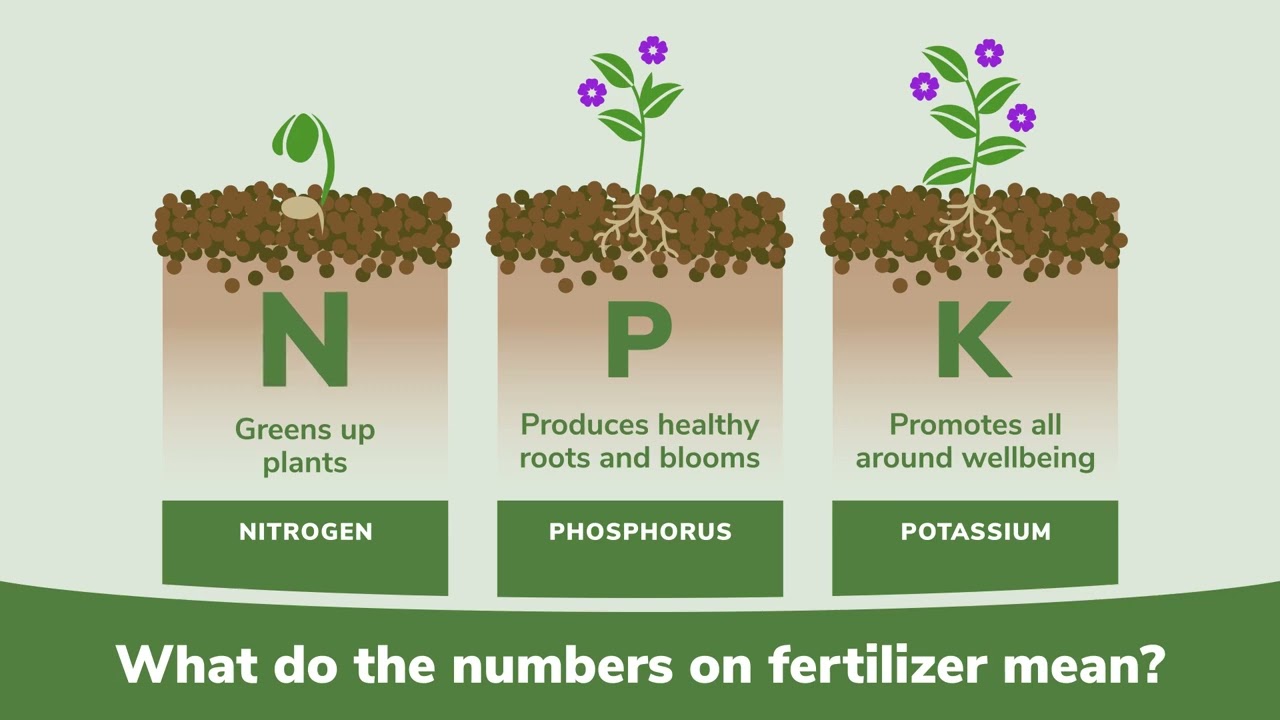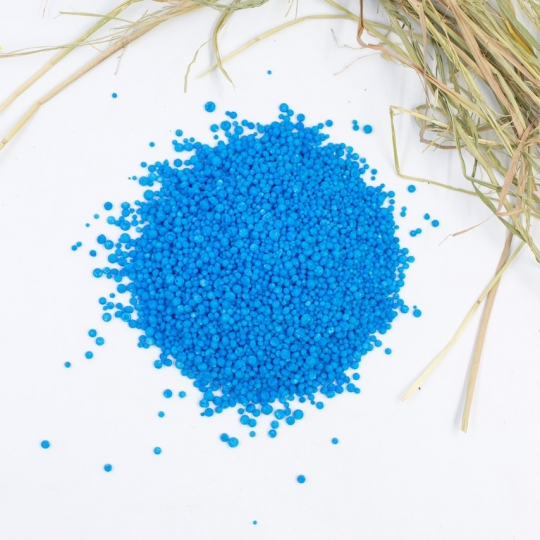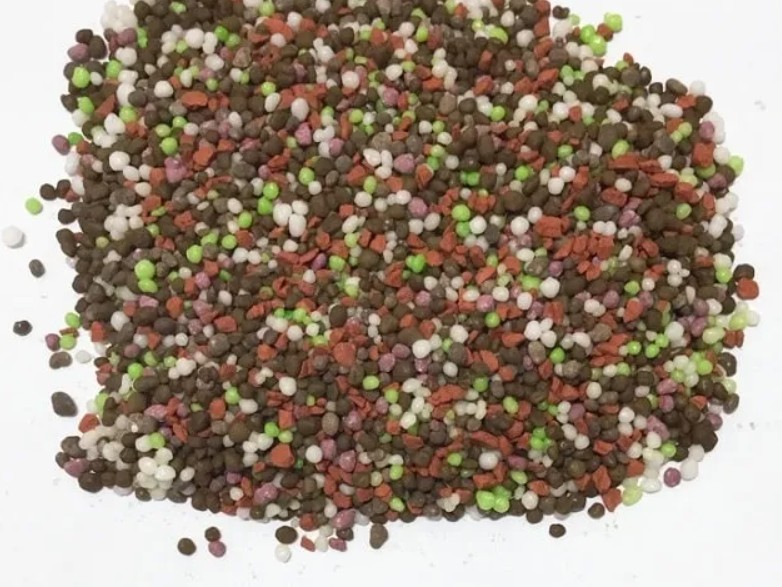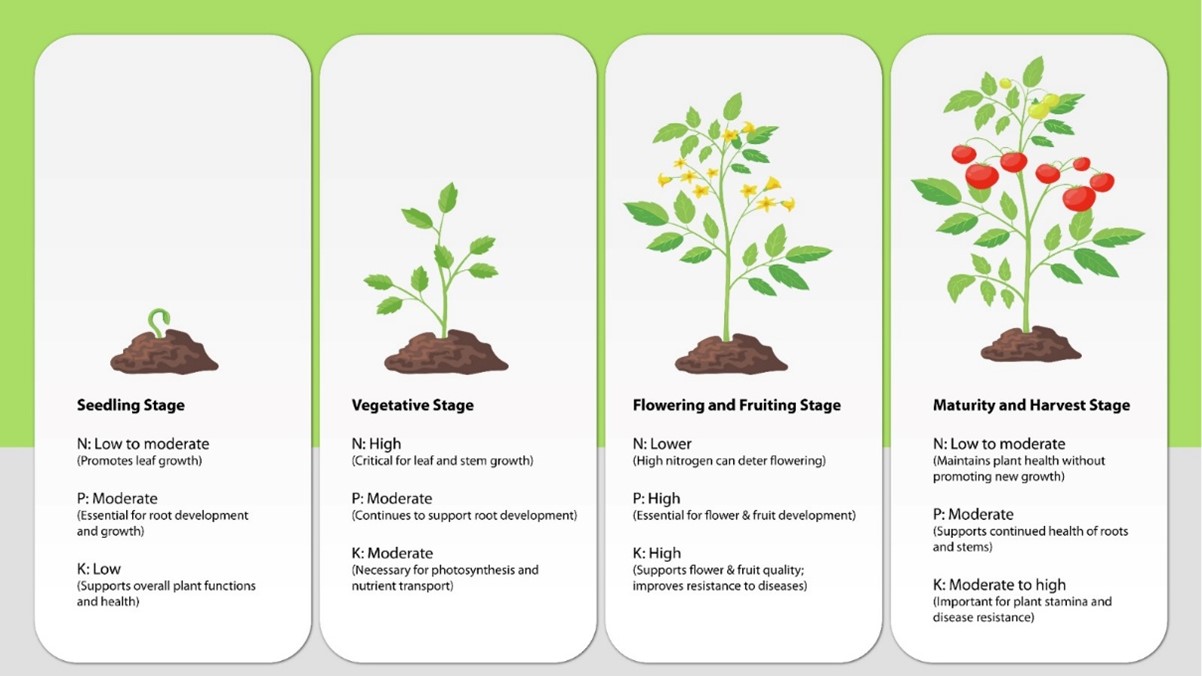 My House
My House
 My House
My House

NPK in fertilizer refers to the percentages of nitrogen (N), phosphorus (P), and potassium (K), the three primary macronutrients plants need for growth. These numbers on a fertilizer label, like 10-10-10, indicate the proportion of each nutrient by weight.
For example, a 10-10-10 fertilizer contains 10% nitrogen, 10% phosphorus, and 10% potassium.
Understanding NPK ratios helps gardeners choose the right fertilizer for their plants' specific needs. For instance, a lawn might benefit from a high-nitrogen fertilizer, while a flowering plant might need more phosphorus.

NPK Granules

NPK Three Colors

Application in Field

Effect on Plants